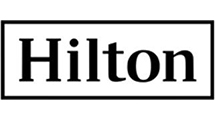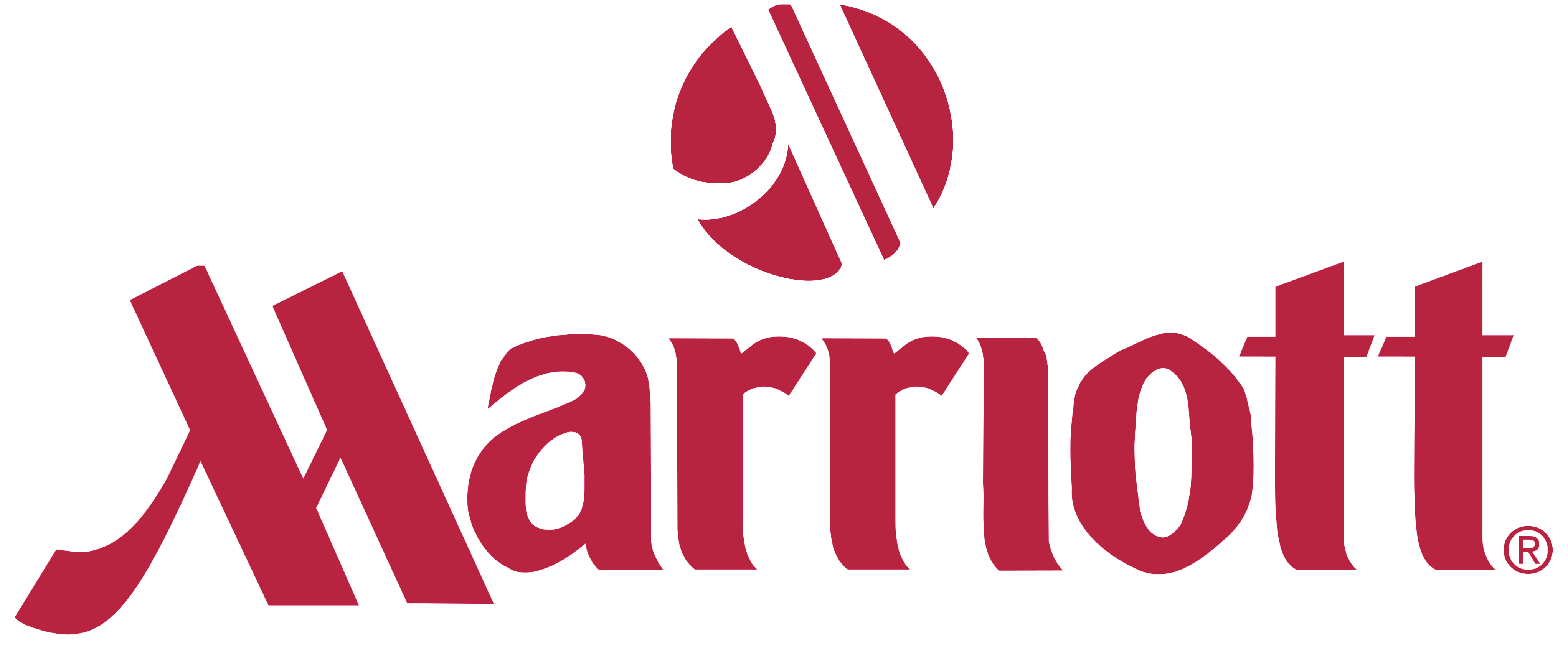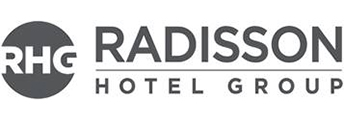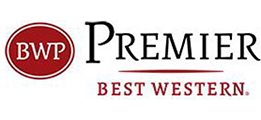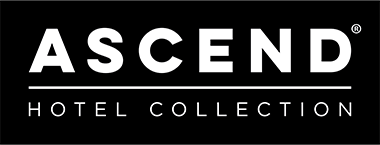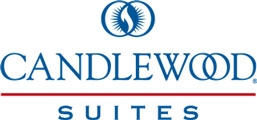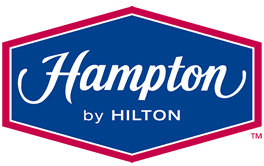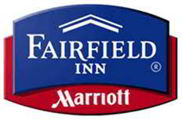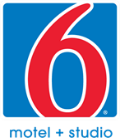Knowing What Good Looks Like
Hiring, Onboarding, and Retaining Sales Staff
Consider for a moment a salesperson or a sales director executing sales pre covid?
What might they tell you about their experience in sales?
They’d likely talk about how successful they were. During a time of unprecedented growth in the industry, they were able to meet their revenue targets. They grew their accounts by staying connected with clients and being personable and available to respond to incoming inquiries. But ask yourself: Did they ever have the experience of making call after call without the instant gratification that comes from hearing “yes”?
Today’s sales realities mean that the salesperson you hired 10 years ago is probably not the salesperson you need today. Building a sales team and not leaving sales to chance means that your hires have to be effective and skilled at selling regardless of shifts in the market or new competitors, and they need to be able to have a business conversation with an informed buyer.
What kind of sales team do you need?
The size and structure of your sales team are determined by a number of factors. Start by looking at your hotel segment and number of rooms—economy, mid-scale, select service, full service—your brand, size of market, and demand generators in your area. For example, a hotel located in a tier-one market with 500 rooms and 20,000 square feet of meeting space is going to need a different sales structure than an 80-room Holiday Inn Express in a secondary market. If you are an independent hotel with no brand support, you will need to invest in some level of sales support.
And don’t expect hunters to be farmers, or vice versa. Hunters get their energy through pursuing new opportunities. They have a lot of initiative and are not easily discouraged. They are competitive and high achievers. Farmers are more focused on developing relationships. They are the nurturers who want to provide a high degree of customer service. They enjoy the busy details that come with putting together contracts and banquet event orders (BEO s).
Most salespeople do a bit of both—incoming inquiry management and new business development—but in general, if someone is good at one, they should lean into those strengths. Don’t expect a lead catcher (a farmer) to be good at hunting for new business. And if you constrain a hunter to a desk job managing wedding blocks and administrative tasks, they will likely leave as soon as something more interesting comes their way.
One of the pain points I often hear from clients is their frustration with finding and maintaining sales talent. They hire candidates who look good on paper and have experience, or they hire someone with less experience who they feel is coachable. But within six months to a year, the owner does not see the results, the salesperson either leaves or is terminated, and the process starts again. These are symptoms of bigger challenges, and in our industry and in my experience, there are three key areas that need an overhaul if we want to reduce the high turnover:
- Many hotel owners don’t know what they are looking for (i.e., what “good” looks like) because many don’t have a sales background and don’t know how to screen for the right candidate.
- Too many organizations don’t have the sales infrastructure in place to support this role once the salesperson is onboard. They assume that if they hire experienced salespeople, they will know what to do.
- Outdated hiring practices. Now more than ever, sales professionals are looking for work/life balance. Many are tired of working on property and getting pulled into operations. They are looking for hybrid or remote positions that afford them the flexibility that other industries offer. They also value training, coaching and support, which the hotel industry does not consistently do well.
Vacant sales positions impact revenue and so does employee turnover. Take the time to consider what you are looking for and ensure you have the job description that fits that role profile along with an internal support system to coach, develop and measure your sales team.




